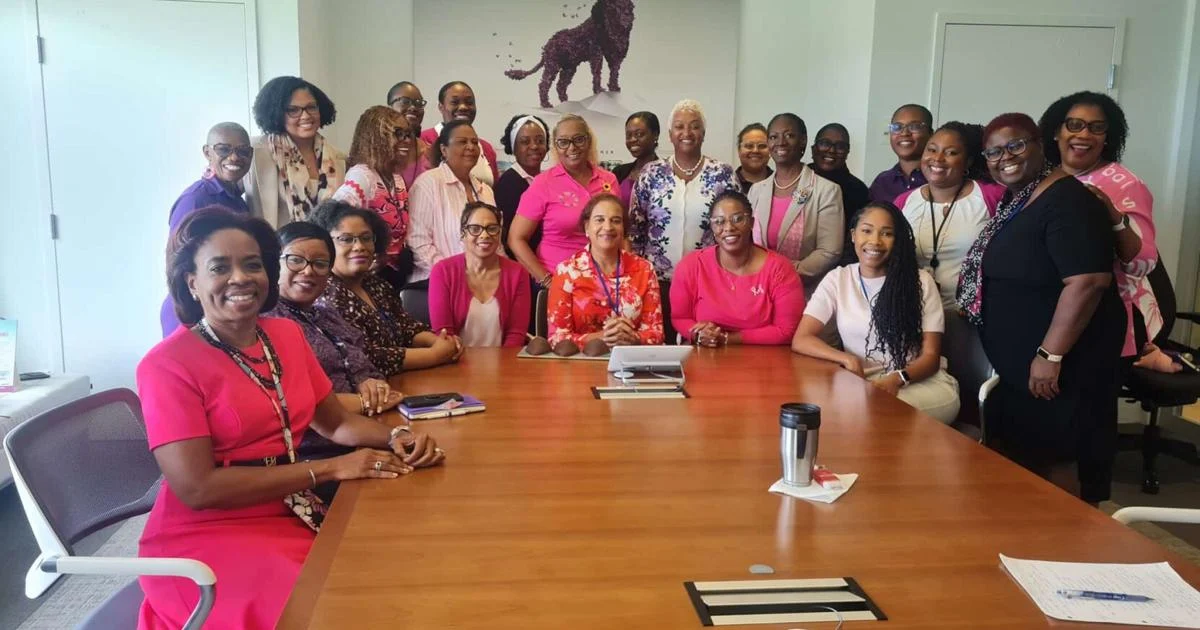Copyright staradvertiser

Local efforts to help the 161,400 low-income Hawaii residents facing elimination of federal Supplemental Nutrition Assistance Program — or SNAP — benefits and others affected by the federal government shutdown will keep an already bad economic situation from getting worse for the state, according to the University of Hawaii Economic Research Organization. SNAP payments represent 7% of all island food purchases and an even higher percentage in low-income and rural communities, according to Dylan Moore, a UHERO assistant professor. So cutting off SNAP payments of $346 per month without offsetting the hardship would only further slow the state’s sluggish economy, which UHERO previously forecast was headed toward a “mild recession” in 2026 even before the government shutdown began Oct. 1. The New York Times reported that a federal judge told the Trump administration Saturday to continue funding for food stamps during the shutdown either by making full payments by Monday or partial payments by Wednesday. But it remains unclear if or when the assistance will reach the roughly 42 million low--income Americans who rely on the program to help buy food. As an indicator of the economic anxiety in Hawaii, Aloha United Way typically receives 150 calls per day to its 211 statewide information and referral helpline. But Thursday, the helpline received more than 850 calls, texts and chats, according to AUW. Additional support to local residents is being provided by the Hawai’i Foodbank, which opened a new food distribution site Friday at the Waipio Soccer Complex, where more than 400 households representing nearly 1,800 individuals showed up. Approximately two-thirds of the families said they lined up after experiencing a loss of wages or employment, while one-third cited a loss of SNAP benefits, according to the food bank. The nonprofit organization continues to plan additional pop-up distributions every day this week in addition to ongoing distributions. Details on the new locations will be posted at hawaiifoodbank.org/ shutdown as locations are confirmed. Now with economic uncertainty affecting the entire country and air travel disrupted by delays from air traffic controllers and TSA agents calling in sick after being forced to work without pay, Moore agreed that many potential Hawaii visitors are likely postponing making bookings to the islands over the holidays. Even for people who are working as usual, “travel is viewed as optional,” Moore said. “So it (the shutdown) hurts tourism, as well.” Gov. Josh Green on Thursday announced that the state will provide each SNAP recipient with $250 in state funding on their Electronic Benefits Transfer, or EBT, cards by Nov. 14. The SNAP plan followed earlier announcements by Green last week that included the state using $100 million in federal Temporary Assistance for Needy Family money for rent and utility relief for families with children, and $2 million in state funds for the Hawai’i Foodbank to help food banks across the islands deal with an influx of federal workers and low-income residents in need of food. Lt. Gov. Sylvia Luke, who showed up at Friday’s food distribution with U.S. Rep. Jill Tokuda, D-Hawaii, also announced that her office at the state Capitol will accept donations of canned goods and nonperishable food beginning Monday, from 7:45 a.m. to 4:30 p.m. through Friday. Luke’s office also will coordinate food drives at some state libraries, with locations and other details to be announced this week. “The plans coming out of the Governor’s Office could forestall the consequences for awhile and will fill the gap in the short run,” Moore said. “It’s good that they’re moving so fast.” The loss of $346 per month for each SNAP recipient — with no backup funding — would further hurt Hawaii’s already struggling economy, Moore said. If the federal shutdown stretches past Wednesday, it will break the previous longest federal shutdown record of 35 days that happened during President Donald Trump’s first term. That shutdown lasted from December 2018 to January 2019 over Democrats’ opposition to his plans to extend the wall along the Mexico border. And if it drags out for an additional month or two, Moore said that food retailers in low-income and rural areas could be forced out of business. He called “7% of food expenses in the state not nothing.” For Hawaii’s economy, Moore said, “It wouldn’t have helped had he (Green) done nothing.” Political analyst Neal Milner characterized Green’s plans as “a proper and measured response” and a “lifeline for people “You have to be fairly well off to have a rainy day fund of your own, and most people don’t, even in the middle class,” Milner said. The current shutdown was triggered by an impasse between congressional Republicans and Democrats, who are pushing back against Republican plans to eliminate premium tax credits for people who rely on the Affordable Care Act marketplace and would face higher premiums. Hawaii has approximately 23,000 residents who receive their health coverage through the Affordable Care Act marketplace, according to the state Department of Health. They are scheduled to face an average 12% increase in 2026, according to DOH. But if enhanced federal premium tax credits are not renewed, DOH told the Honolulu Star-Advertiser that many residents could see their net monthly costs roughly double. Republicans are also pushing for other changes to be imposed on Medicare and Medicaid recipients. In Hawaii, according to the Health Department, approximately 300,000 residents are enrolled in Medi-care, including about 54% in Medicare Advantage plans and 46% in traditional fee-for-service Medicare. There are also roughly 420,000 low-income residents enrolled in Medicaid and the Children’s Health Insurance Program. Even for people with health care coverage they can afford, Milner said out-of-pocket costs for patients can be economically catastrophic. “The leading cause of individual bankruptcy is a medical emergency,” he said. “What’s going on in Washington isn’t going to help.” So Milner called Hawaii’s response relatively fast to cover a portion of federal SNAP payments and helping federal workers at the same time. “It’s very hard to move government along faster,” he said. “But it’s a lifetime for people in need.”



